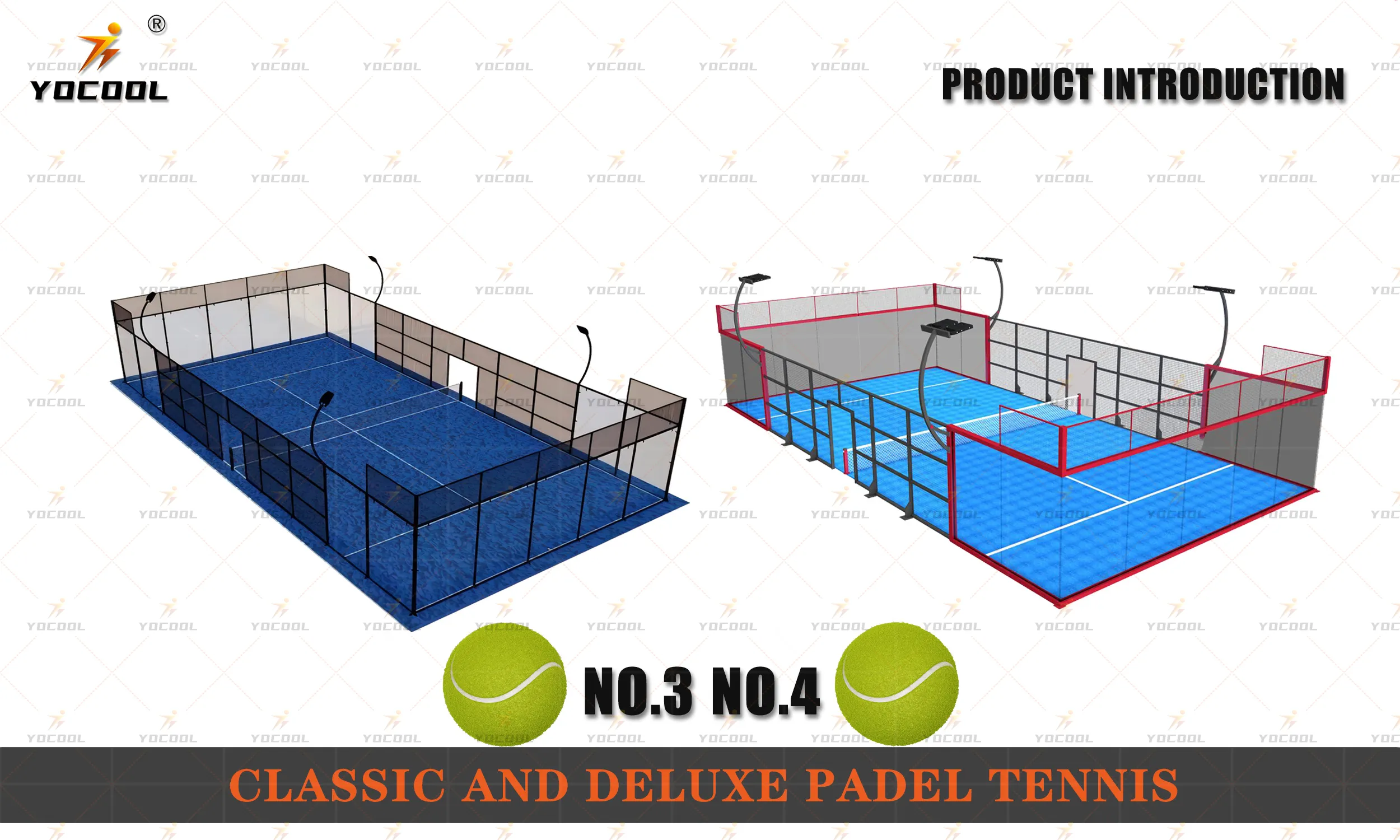

Table Tennis vs. Pickleball An In-Depth Comparison
In the realm of racquet sports, two games have grown significantly in popularity table tennis and pickleball. While both sports offer unique benefits and experiences, they differ in equipment, gameplay, history, and appeal. This article will explore the similarities and differences between table tennis and pickleball to help players and enthusiasts appreciate the distinctive qualities of each sport.
Origins and History
Table tennis, also known as ping-pong, originated in the late 19th century in England as a parlor game. It quickly gained popularity and spread internationally, eventually becoming an Olympic sport in 1988. Players use a lightweight, small ball and solid paddles to hit the ball back and forth across a low table divided by a net. In contrast, pickleball emerged in the mid-1960s in the United States. Created by a trio of fathers looking for a new game to entertain their children, it has exploded in popularity, particularly among older adults. The sport combines elements of tennis, badminton, and table tennis, and as of today, it's growing rapidly, with numerous leagues and tournaments across the nation.
Equipment Differences
The equipment used in table tennis and pickleball is markedly different. Table tennis players utilize a small, lightweight plastic ball, typically 40mm in diameter, and paddles that vary in weight and design, allowing players to customize their play style. The tables are 2.74 meters long and include a 15.25 cm high net, making the game fast-paced and reliant on quick reflexes.
Pickleball, on the other hand, employs a larger paddle made from wood or composite materials, which is bigger and heavier than a table tennis paddle. The ball used in pickleball is perforated plastic and is slightly larger than a table tennis ball. The court for pickleball is similar in size to a badminton court, measuring 20 feet wide and 44 feet long, with a net height of 36 inches at the sidelines and 34 inches at the center. The larger court and slower ball make pickleball a very different playing experience compared to table tennis.
Gameplay Dynamics

The gameplay in table tennis is characterized by rapid exchanges and intense rallies. Players often employ a variety of spins and strategic shots, with a primary focus on speed and precision. Matches can be played in singles or doubles format. The fast pace of table tennis requires quick reflexes and excellent hand-eye coordination, making it a sport that can be physically demanding despite being played in a relatively small area.
Pickleball, while still competitive, tends to be more approachable for beginners. The rules are straightforward, and the game emphasizes dinking and strategic placement over sheer power. Pickleball is typically played in doubles, creating a fun and social atmosphere. Because the ball travels more slowly than in table tennis, rallies in pickleball can be longer, allowing players more time to react and engage in strategy.
Popularity and Community
Both table tennis and pickleball have passionate communities. Table tennis boasts a long-standing reputation within competitive environments, with tournaments held at both local and international levels. It has a dedicated following covering all age groups, from youth leagues to senior competitions.
Pickleball, however, has witnessed a meteoric rise in an extremely short time. Its accessibility and social aspects make it particularly popular among older adults who may prefer a low-impact sport. Many communities have embraced pickleball, building dedicated courts and organizing recreational leagues that foster camaraderie among players.
Conclusion
In conclusion, both table tennis and pickleball offer enjoyable ways to engage in physical activity and develop hand-eye coordination. While table tennis tends to be fast-paced and intense, pickleball provides a more social and relaxed environment. Each sport has its own appeal, and players are often drawn to one or the other based on their personal preferences and physical abilities. As both sports continue to grow in popularity, they will undoubtedly carve out larger spaces in recreational and competitive spheres, bringing together diverse communities dedicated to the love of the game.
China Pro Ping Pong Paddle | Premium Spin Control
Premium AI-Enhanced Padel Court | GPT-4 Turbo Design
High-Quality Paddle Racquet for Professional Padel and Paddle Courts
Premium Paddle Tennis Rackets for Panoramic Padel Courts
High-Quality Padel Court for Sale – Durable & Customizable Solutions
Premium Paddle Racquet for Ultimate Performance & Control